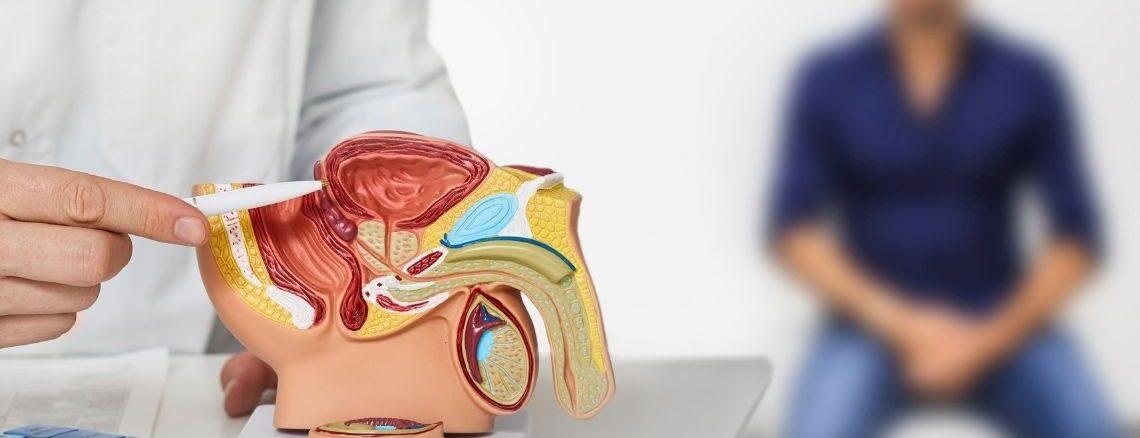
What Are the Uses of Botulinum Toxin Type A in Urology?
Applications in urology are used as an effective method for treating certain urological problems. In overactive bladder disease, it is preferred to relieve involuntary muscle spasms that cause frequent urination or urinary incontinence. In conditions such as prostatitis pain syndrome or bladder pain syndrome, it helps reduce muscle tension and alleviate pain severity.
Additionally, it has been used experimentally in the treatment of prostate enlargement (BPH), but its use is not recommended due to lack of successful results. Studies have also been conducted on its use for erectile dysfunction by injecting into the penis, and some studies have found it successful; however, due to insufficient data, routine use is not yet recommended in guidelines. These applications increase the benefits and treatment options of Botulinum Toxin Type A in urology.
Overactive Bladder Treatment
I. What Is the Application and How Does It Work?
- The application, when injected into the bladder muscles, temporarily paralyzes the muscles.
- This prevents excessive and involuntary contractions of the bladder, helping to regulate urinary control.
- The procedure is usually performed under local anesthesia and takes about 15-30 minutes to complete.
II. Effectiveness and Duration
- The effectiveness in treating overactive bladder lasts between 3-6 months.
- During the treatment period, patients generally experience significant relief and improvement in urinary control.
- However, the effect diminishes over time and repeated applications may be necessary.
III. Potential Side Effects and Risks
- Although it is a safe and effective treatment option, there are side effects and risks.
- Mild pain in the area, temporary difficulty urinating, or urinary tract infection may occur.
- Therefore, it is important that the procedure is performed by an experienced specialist and that patients are regularly monitored.
Urinary Incontinence: Treatment and Effects
I. Urinary Incontinence and Its Application
- Urinary incontinence is a common urological problem that affects women more frequently, but can also affect both young and elderly women. In men, it is especially seen with aging and after prostate surgery, and sometimes in conditions such as overactive bladder.
- The application provides successful results in patients who do not respond adequately to lifestyle changes and oral medications.
II. Mechanism of Action
- In patients with symptoms such as involuntary urinary leakage or urgency and frequent urination, as seen in overactive bladder, the application prevents uncontrolled contractions of the bladder muscles, thereby alleviating symptoms.
- It creates a temporary paralysis in the muscles and reduces excessive contractions, leading to a decrease in complaints.
III. Procedure
- Although usually performed under local anesthesia, it can sometimes be done under general anesthesia. Small amounts are injected into different areas of the bladder using an optical system called a cystoscope.
- The procedure is generally short, averaging 10-15 minutes.
IV. Duration of Effect and Side Effects
- The effect varies individually but generally lasts between 3-6 months.
- There is a significant reduction in frequent urination, urgency, and urinary incontinence problems.
- Temporary side effects may occur after the procedure, but they are usually mild and transient.
- Temporary side effects may include inability to urinate, urinary tract infection, or difficulty urinating.
V. Importance and Conclusion
- For patients with overactive bladder symptoms, this is an important and successful treatment option.
- This method is known to provide an effective solution by reducing uncontrolled contractions of the bladder muscles.
Interstitial Cystitis or Bladder Pain Syndrome
I. Definition of Interstitial Cystitis or Bladder Pain Syndrome
- Without proven infection or other pathology in the bladder, there is pain in the bladder region and frequent urination symptoms, especially as the bladder fills.
II. Symptoms of Interstitial Cystitis and Bladder Pain Syndrome
- Although the patient may not always localize the pain, it is described in the bladder region and increases as the bladder fills. There may also be increased frequency of urination at night and/or during the day, and a burning sensation during urination.
III. Application and Treatment Method
- The use of Botulinum Toxin Type A in the treatment of interstitial cystitis or bladder pain syndrome has been practiced for some time and successful studies exist. The American Urological Association guidelines recommend it as a fourth-line treatment.
- It provides relaxation in the bladder muscles and reduces pain.
- The procedure is performed under local anesthesia and takes about 10 minutes.
IV. Effect and Duration
- It leads to a significant reduction in symptoms.
- Results include decreased frequency of urination, relief of bladder pain, and improved quality of life.
- The effect generally lasts between 3-6 months, but some studies report up to nine months, and it can be repeated if symptoms recur.
V. Evaluation and Application
- It is important to evaluate each patient individually and apply the treatment to suitable candidates.
- It is important to know that this is an effective option in the treatment of interstitial cystitis or bladder pain syndrome.
- The fact that it can improve quality of life and relieve pain makes this treatment significant.
Prostate Enlargement
I. Application
- The application has also been tested for its effectiveness in the treatment of prostate enlargement.
- The aim was to relax the smooth muscles of the prostate and open the urinary tract for easier urination.
- However, when compared to placebo, unfortunately, no significant difference was found.
Erectile Dysfunction
I. Effect on Erectile Dysfunction
- It can help achieve penile erection in patients with erectile dysfunction.
- By injecting into the penis, it causes relaxation of the penile muscles and increases blood flow, resulting in an erection.
- It may be applied especially in cases where blood flow is impaired.

Social Media